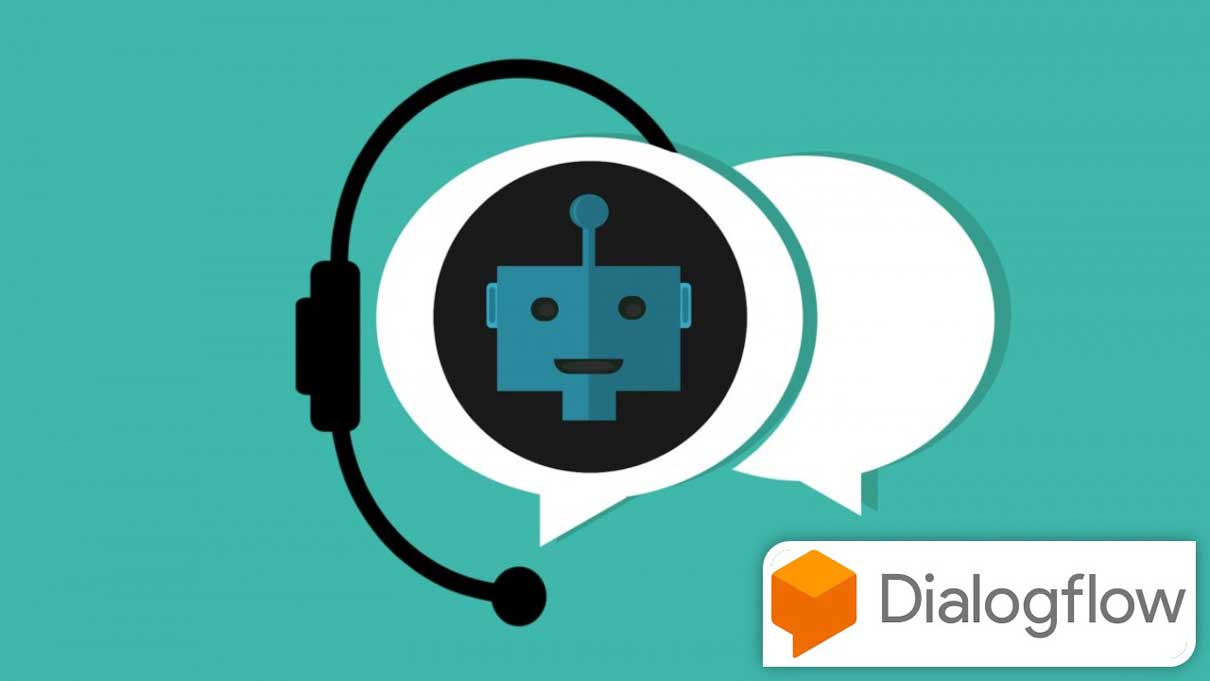Ever Wanted to Build a Chatbot? Google Dialog Flow Allows You to Make One In Minutes. Chatbots are versatile customer service tools that can provide many benefits to business owners. By adding a chatbot to a website, a business can encourage users to spend more time on the site by answering questions and engaging them in conversations.

In addition, chatbots can collect valuable information like users’ names and email addresses. While the technology behind artificial intelligence is advanced, creating a useful chatbot is actually a simple process with Google Dialog Flow.
What Is Google Dialogflow?
There are a few important things to learn about Google Dialogflow to build a chatbot that will enhance your website. First, Dialog Flow is a platform that uses a natural language processing engine to create realistic conversational exchanges and collect data, including conversation history and user information.
Any user with a Google account can access Dialog Flow and start a free trial that includes $600 in credit. After the trial, customers pay monthly according to the number of requests the bot responds to.
How Does A Chatbot Work?
When a customer asks a question to a chatbot, such as “Are you open on Memorial Day?”, the bot interprets the query according to categories, or “intents,” its designer has created (for example, “Schedule”). The bot then offers a response matching the intent (for example, “We are open every M-F from 10:00 a.m to 7:00 p.m. except for Monday, May 31 and Monday, July 5”). Through natural language processing, a chatbot can provide a realistic conversational experience for the customer.
What Are The First Steps In Building A Chatbot?
The first step in building a chatbot is to create an agent (the term used for the chatbot by Dialogflow) and give it a name. To build a chatbot, the next step is to create the first intent. The intent is something the user wants to know or accomplish. The platform comes with a default welcome intent and a default fallback intent for when the chatbot doesn’t know the answer to a question.
After creating an intent, you’ll need to train the bot to recognize expressions associated with the intent. For the welcome intent, for example, the bot should learn expressions like “Hi,” “Hello,” “What’s up” and other common greetings.
Finally, you’ll respond to the intent. If a user starts a chat by typing “Hello,” you might have the chatbot respond with an invitation to say more, like “Hi! How can I help you today?” You can create multiple intents and a variety of responses for each one.
What Else Can A Chatbot Do?
Besides intents and responses, a chatbot can also recognize keywords and phrases (“entities”) in the customer’s natural language input. An entity can trigger the chatbot to act, like taking an order or making an appointment. In addition, the chatbot records all conversation data, which allows you to see and improve its responses.
By observing which queries trigger a fallback (“I don’t know”) response, you can create new intents and train the bot to provide more helpful responses.
With a little practice, you can build a chatbot that will engage your customers and enhance the effectiveness of your website or Facebook page. While chatbots will never fully replace human interaction. They can play an important role in improving the user’s experience by giving an immediate and customized response to a query.
